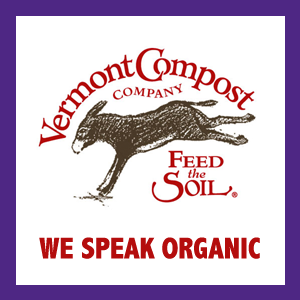When you’re working with a crew, slowing down or stopping work is bad. It disrupts a crew’s mojo, threatens timelines, and costs money (if you have a crew of six stopped for ten minutes, that’s an hour’s worth of wages).
The best farm crews I’ve worked with don’t let the work stop, but too many crews and too many crew leaders are willing to let a job come to a stop when something disrupts the work - most often, the lack of supplies like totes or twist ties, or the the need to move product out of the field.
Of course, it’s better to keep ahead of crew and product needs, but when a bump in the road looms ahead or suddenly appears, it’s worth asking three key questions:
What resources do I have to keep this job going? If I’m out of the right harvest containers, are there other containers I can use? If I’m out of twist ties, can we pick product into containers and bunch later?
Can I get more resources to keep this job going? Especially in a larger operation, can you call on somebody else to get you resources so that your crew can keep on working - this is almost always going to be faster than fetching the resources yourself.
How can I make productive use of this time? If a break in the job at hand is unavoidable, find a way to make the highest use of the available time. Can you prep for the remaining work to do - for example, can you strip bad leaves from the chard plants you are going to harvest when the containers get back to the field? Estimate the time involved in the break - should the crew move to the shade to rest, or should they wait by the tractor? Find another way to be productive - is there some hand-weeding or plant maintenance nearby to tackle?
Having these questions at hand, or training crew leaders to answer them, can help keep things moving, even when things are hot and frustrating (or wet and miserable).
The best farm crews I’ve worked with don’t let the work stop, but too many crews and too many crew leaders are willing to let a job come to a stop when something disrupts the work - most often, the lack of supplies like totes or twist ties, or the the need to move product out of the field.
Of course, it’s better to keep ahead of crew and product needs, but when a bump in the road looms ahead or suddenly appears, it’s worth asking three key questions:
What resources do I have to keep this job going? If I’m out of the right harvest containers, are there other containers I can use? If I’m out of twist ties, can we pick product into containers and bunch later?
Can I get more resources to keep this job going? Especially in a larger operation, can you call on somebody else to get you resources so that your crew can keep on working - this is almost always going to be faster than fetching the resources yourself.
How can I make productive use of this time? If a break in the job at hand is unavoidable, find a way to make the highest use of the available time. Can you prep for the remaining work to do - for example, can you strip bad leaves from the chard plants you are going to harvest when the containers get back to the field? Estimate the time involved in the break - should the crew move to the shade to rest, or should they wait by the tractor? Find another way to be productive - is there some hand-weeding or plant maintenance nearby to tackle?
Having these questions at hand, or training crew leaders to answer them, can help keep things moving, even when things are hot and frustrating (or wet and miserable).




 RSS Feed
RSS Feed
